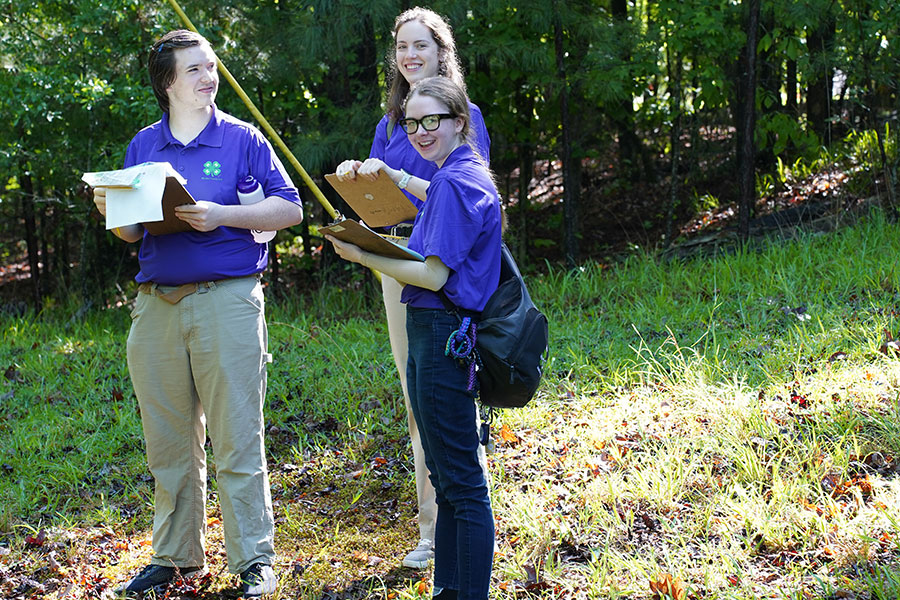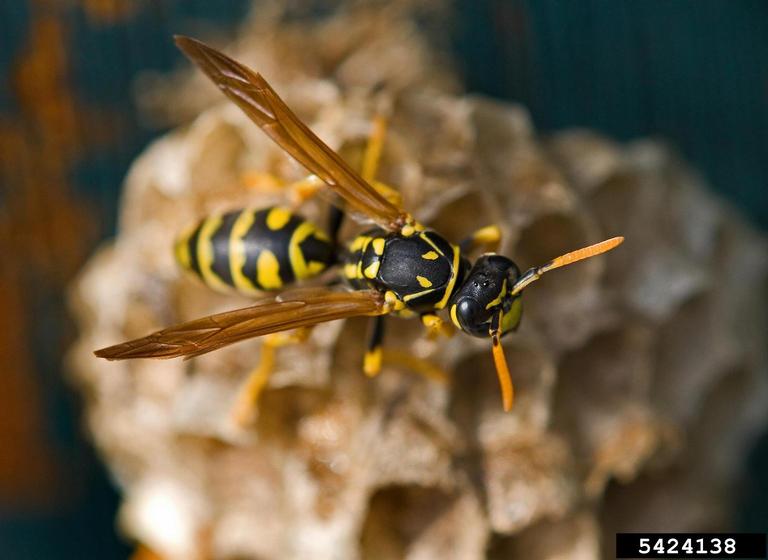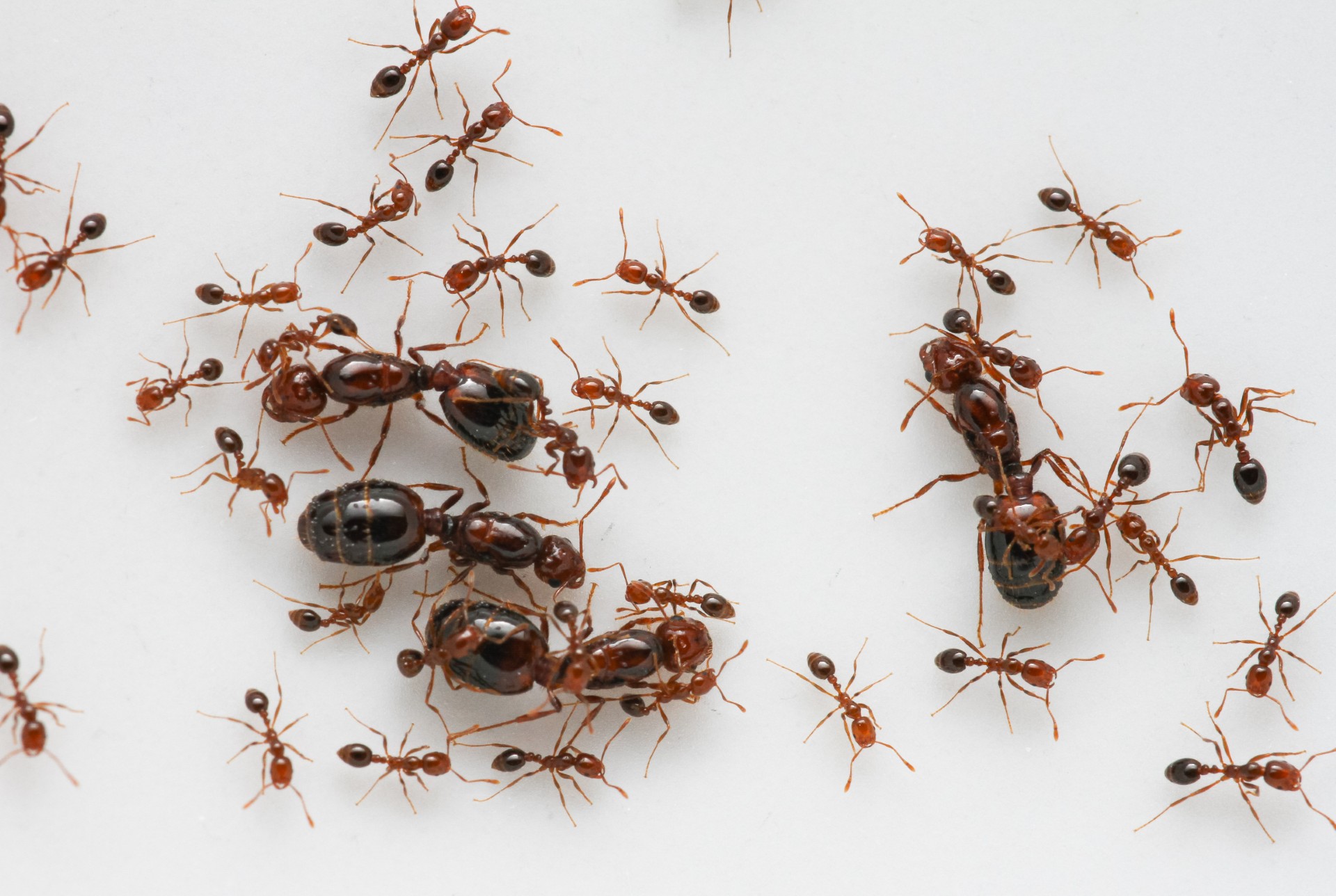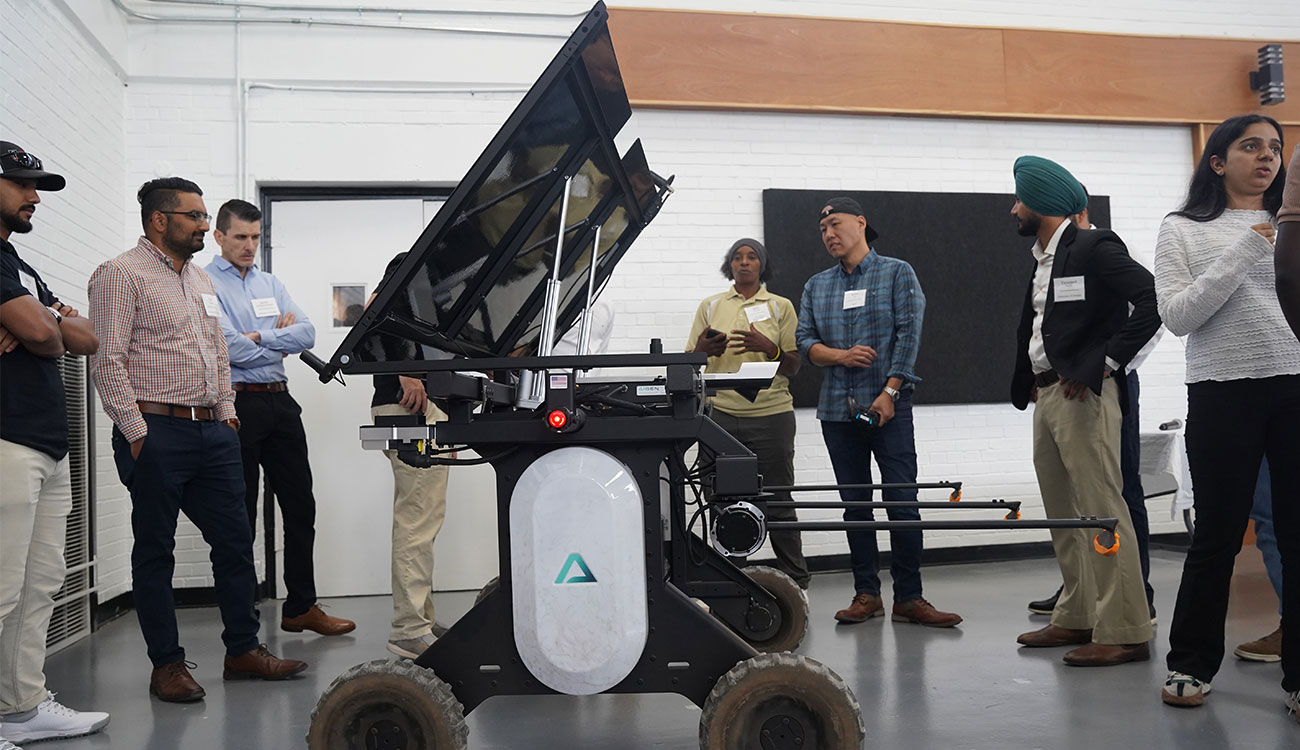If you want a great lawn next summer, it's not too early to start working on it. Careful fall maintenance can be the key to a flourishing green lawn in the year ahead.
"There are special steps people should take to help their lawn survive the winter," said Gil Landry, an Extension Service turf specialist with the University of Georgia College of Agricultural and Environmental Sciences.
The most important prescription for a healthy lawn, Landry said, is irrigation.
"During late summer and early fall, when we are below normal rainfall, irrigation is the most important step," he said. "Even though the grass doesn't appear to be actively growing, it uses water nearly the entire year."
Irrigation is equally important in early spring when the turf starts to green up.
How much to water?
"When it's going into and coming out of dormancy, keep the soil moist," Landry said. "Probably about one-half inch every two weeks should be enough. But check the soil moisture with your fingers."
The second most important step to a thriving lawn is to fertilize it based on soil test recommendations. "Have a soil test conducted for a lawn every three years," Landry said.
"Before you fertilize any growing area, test the soil," said Wayne Jordan, head of the UGA Agricultural Services Labs. "A soil test will help you know the fertility status of the soil and make an educated decision about how much fertilizer and lime you need."
Your county extension agent can make soil sampling easy. Visit the county office to get instructions and soil sample bags.
You can protect your lawn from excessive winterkill, too, by insulating it. "With warm-season grasses, particularly in north Georgia, leave the grass a little taller than normal to go into the winter," Landry said.
Leave most grasses about one notch above the normal cutting level. "Centipede is an exception to the mowing rule," he said. "It should be mowed no higher than one-and-a-half inches throughout the year."
Don't fertilize centipede as late in the fall or as early in the spring as other warm-season grasses, either. Don't fertilize centipede in the spring until it has greened up completely.
"Newly seeded common Bermuda grass needs special attention, because it's very prone to winterkill during the first year," Landry said. "Be sure it's irrigated, the mowing height is raised and it's not fertilized too late in the growing season."
If you're planning to reseed or resod, some grasses grow better in different areas of the state.
"If properly maintained, Meyer zoysia has more winter hardiness than the other grasses," Landry said. "But it requires significantly more water. The hybrid Bermuda grasses generally will handle extreme temperatures better than common Bermuda."
Emerald zoysia grass and El Toro zoysia are like hybrid Bermuda but are a little more winter-hardy. Centipede and St. Augustine are the most susceptible to winter damage.
"We don't recommend St. Augustine grass north of the fall line," Landry said. "Centipede grass can be grown throughout the state if properly managed. However, many people in north Georgia seem to have problems with it."






